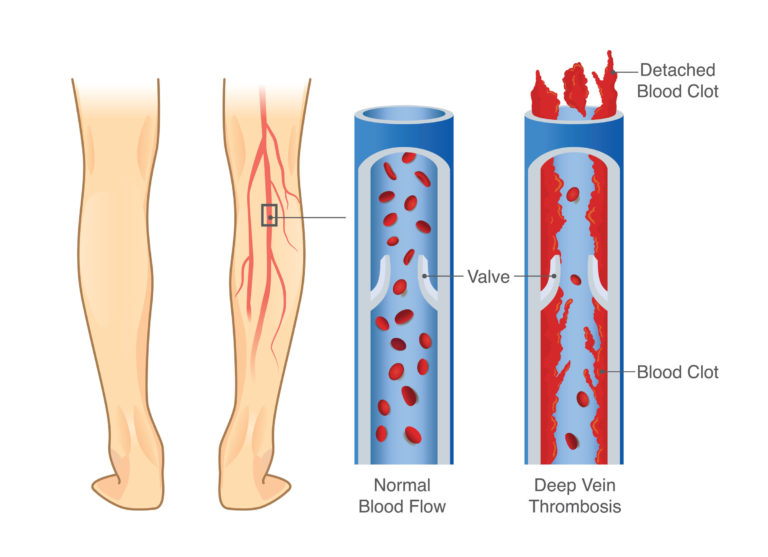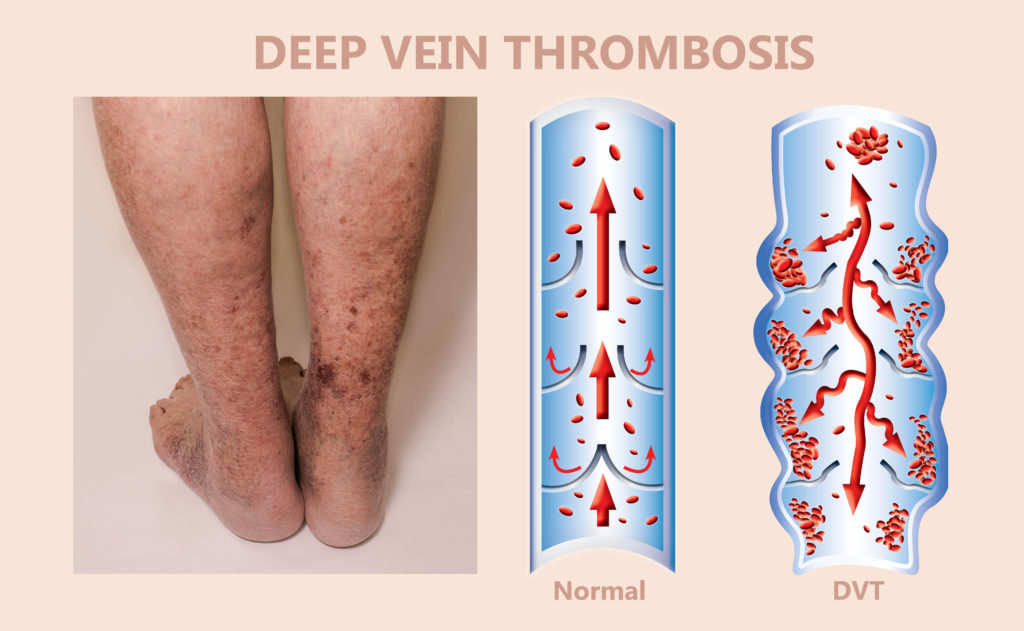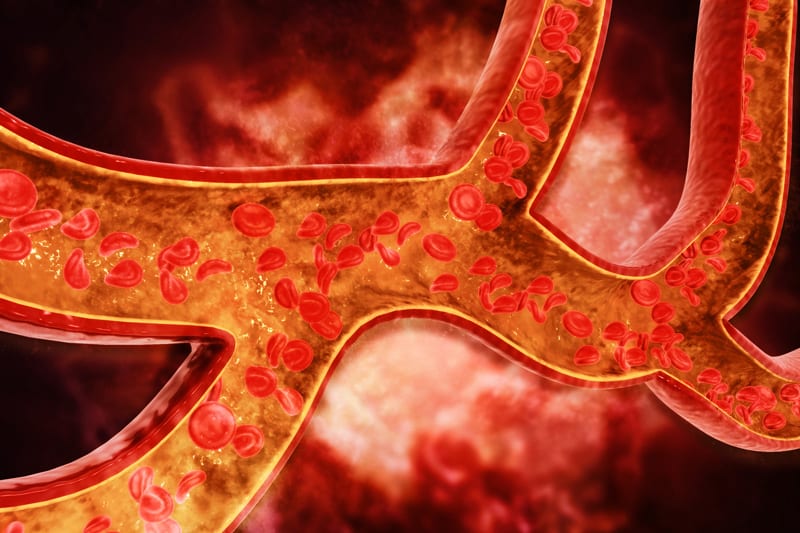Fantastic Info About How To Detect Dvt

You can get deep vein thrombosis (dvt) if you have certain medical conditions that affect how the blood clots.
How to detect dvt. Your health care professional will diagnose vte based on your medical history, physical exam, blood work and various imaging tests. Key facts deep vein thrombosis (dvt) is a blood clot that occurs in a deep vein, most often in your leg. A difference of more than 3 cm between the extremities increases the probability of dvt.
When a blood clot forms in one of the deep veins in your arm or leg, way beneath your skin's surface, it could be something called a deep vein thrombosis (dvt). Blood clots that develop in a vein are also known as venous. A physical exam and other tests can.
This is often the main imaging test. Symptoms of dvt include pain and swelling in your calf or thigh. Almost all people with severe dvt have increased blood levels of d dimer.
Tests used to diagnose or rule out dvt include: Assess for oedema and dilated collateral superficial veins on the affected side. Your provider will diagnose dvt based on your symptoms, medical history, a physical exam, and various imaging or blood test results.
Deep vein thrombosis (dvt) is a blood clot that develops within a deep vein in the body, usually in the leg. Learn how to spot, prevent, and treat. But about half the time, this blood clot in a deep vein, often in your leg, causes.
2 min read deep vein thrombosis can have the same symptoms as many other health problems. In the diagnosis of dvt, the physician considers the patient’s specific risk factors, the patient’s symptoms, the physical examination, other possible explanations for the. Learn how deep vein thrombosis is diagnosed, from a medical history and physician exam to duplex ultrasound and magnetic resonance imaging (mri).
Deep vein thrombosis (dvt) is a serious condition that occurs when a blood clot forms in a vein located deep inside your body. In medical terms, deep vein thrombosis (dvt) is when blood clots form, typically in a deep vein in the leg or the pelvis. Overview symptoms when to see a doctor causes risk factors complications prevention overview deep vein thrombosis (dvt) occurs when a blood.
A blood clot in the legs can also develop if you don't move for a long. D dimer is a type of protein produced by blood clots. It's what a blood clot makes as it dissolves inside.
This test often can help rule out pulmonary embolism.






:max_bytes(150000):strip_icc()/1745304_color-5ba17840c9e77c00577efa25.png)











